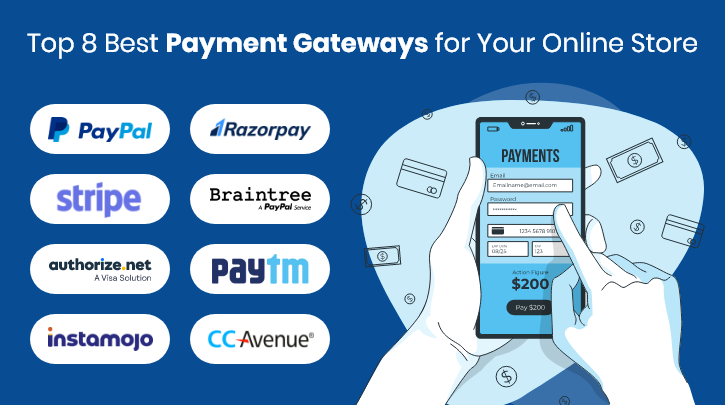Table of Contents
1.Choosing Your Niche
2.Market Research: Know Your Audience
3.Selecting the Right E-commerce Platform
4.Domain Name and Hosting
5.Designing Your Online Store
6.Product Sourcing and Inventory Management
7.Setting Prices and Payment Gateway
8.Website Optimization for SEO
9.Creating High-Quality Content
10.Social Media Marketing
11.Building an Email List
12.Customer Support and Feedback
13.Security and Privacy Compliance
14.Shipping and Fulfillment
15.Launch and Beyond: Growth Strategies
1. Choosing Your Niche
The first step in starting a successful online store is choosing the right niche. Consider your interests, expertise, and market demand. A niche that aligns with your passion is more likely to keep you motivated and engaged throughout the journey.
2. Market Research: Know Your Audience
Understanding your target audience is crucial. Conduct thorough market research to identify their needs, preferences, and pain points. This information will guide your product selection and marketing strategies.
3. Selecting the Right E-commerce Platform
Choose an e-commerce platform that suits your business needs. Popular options include Shopify, WooCommerce, and BigCommerce. Ensure the platform offers scalability and customization options.

4. Domain Name and Hosting
Select a memorable domain name that reflects your brand and is easy to spell. Invest in reliable hosting to ensure your website's performance and security.

5. Designing Your Online Store
Create an attractive and user-friendly website design. Use high-quality images and a consistent color scheme to build a strong brand identity.

6. Product Sourcing and Inventory Management
Decide whether you'll manufacture your products, dropship, or use a combination of both. Implement efficient inventory management to prevent stockouts or overstocking.

7. Setting Prices and Payment Gateway
Determine competitive yet profitable pricing strategies. Integrate a secure payment gateway to provide multiple payment options for customers.


8. Website Optimization for SEO
Optimize your website for search engines (SEO). Use relevant keywords, optimize product descriptions, and create valuable content to improve your search rankings.

9. Creating High-Quality Content
Content is king in the digital world. Craft compelling product descriptions, blog posts, and multimedia content to engage your audience and showcase your expertise.
10. Social Media Marketing
Leverage the power of social media to promote your online store. Create engaging content, run targeted ads, and engage with your followers to build a loyal customer base.
.png)
11. Building an Email List
Start building an email list early on. Email marketing is a cost-effective way to nurture leads and convert them into loyal customers.
12. Customer Support and Feedback
Provide excellent customer support and encourage feedback. Happy customers are more likely to become repeat buyers and brand advocates.
13. Security and Privacy Compliance
Ensure your online store complies with data privacy regulations. Invest in security measures to protect customer data.
14. Shipping and Fulfillment
Choose reliable shipping partners and set clear shipping policies. Offer options like express shipping and package tracking for customer convenience.
15. Launch and Beyond: Growth Strategies
Plan a successful launch with a marketing campaign. Continuously analyze your business performance and explore growth opportunities through expansion, new product lines, and partnerships.
Conclusion
Starting a new online store is an exciting journey that requires dedication, strategic planning, and a customer-centric approach. By following this step-by-step guide, you'll be well on your way to creating a thriving online business.
FAQs
How much does it cost to start an online store?
The cost varies depending on factors like your chosen e-commerce platform, product sourcing, and marketing budget. You can start with a minimal investment and scale up as your business grows.
Do I need technical skills to start an online store?
While technical skills can be helpful, many e-commerce platforms offer user-friendly interfaces that require no coding knowledge. You can also hire professionals for specific tasks.
What is dropshipping, and how does it work?
Dropshipping is a business model where you sell products without holding inventory. When a customer places an order, the product is shipped directly from the supplier to the customer.
How can I drive traffic to my online store?
You can drive traffic through SEO, social media marketing, email marketing, paid advertising, and content marketing. A combination of these strategies is often the most effective.
Is it necessary to have a blog for my online store?
While not mandatory, a blog can be a valuable tool for attracting organic traffic, providing valuable information to customers, and establishing your store as an authority in your niche.
Now that you have a comprehensive guide on how to start a new online store, take the first step towards your e-commerce journey and turn your entrepreneurial dreams into reality!

You must be logged in to post a comment.